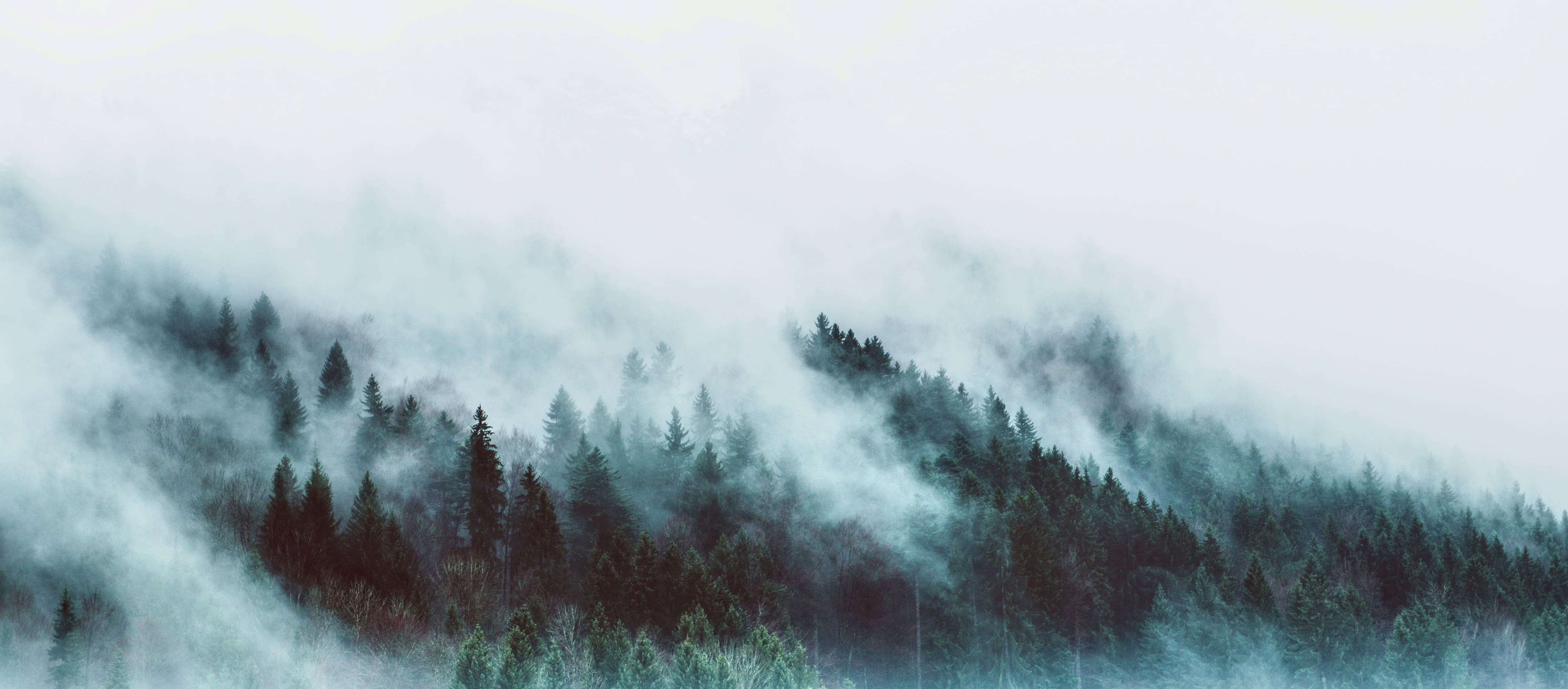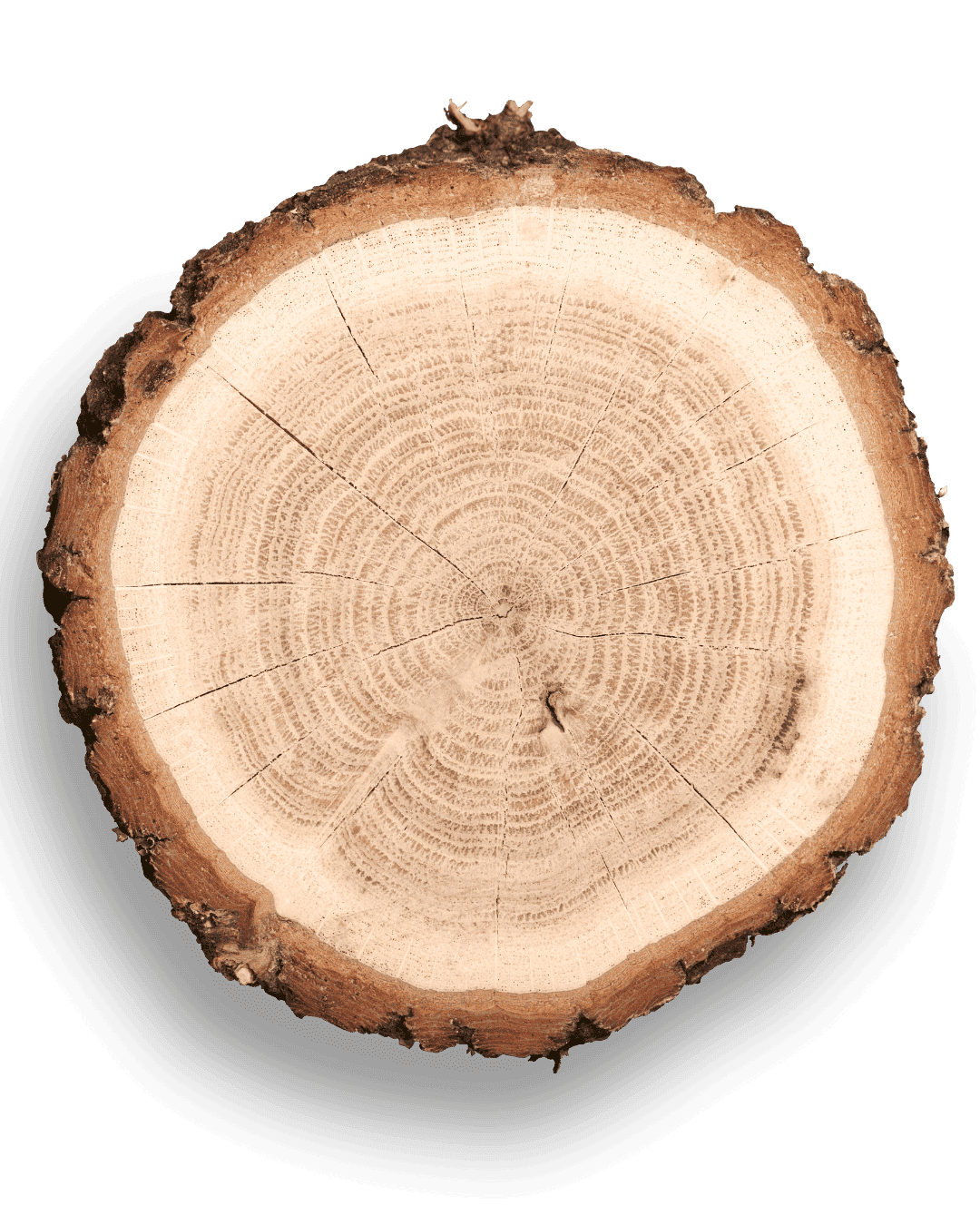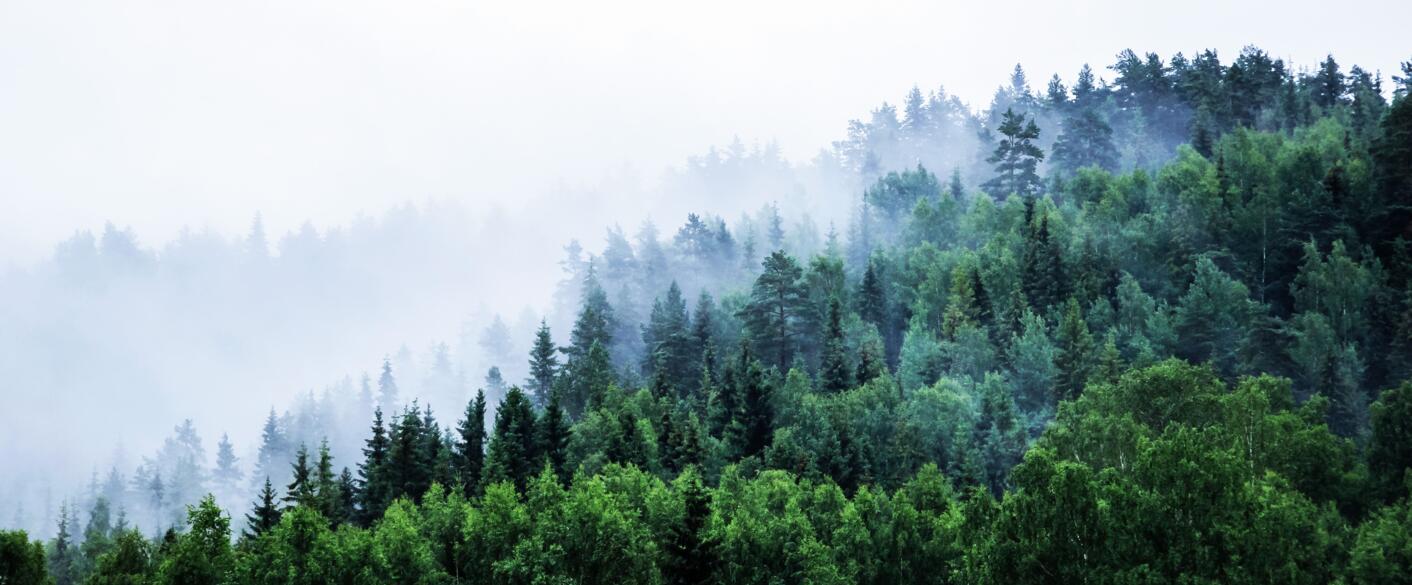Choosing the right wood for your cladding is essential to ensure the durability, aesthetics, and value of your home. Among the available species, Larch stands out as a top choice. Weather-resistant, warm in appearance, and versatile in its finishes, it appeals to lovers of traditional construction as well as contemporary projects. Let's find out why larch is the go-to wood species for authentic and durable wood cladding.
Technical characteristics of Larch
| Origin | Europe |
| Certification | PEFC |
| Available finishes | Saturator finishes |
| Class of use | Class 3.1 with Sivalbp preservation certified CTB B+ |
| Density | 625 kg/m³ at 12% humidity |
| Quality offered by Sivalbp | A choice |

Why choose Larch for your wood cladding?

Larch, a characterful species for authentic wood cladding
Larch, or Larix, is a wood species from the forests of the Alps, prized for its robustness and unique aesthetic appeal. Recognizable by its pronounced grain and pinkish hues, it adds a touch of character to architectural projects. Rustic in appearance, it blends perfectly with authentic constructions when left unfinished. However, with a saturator-type finish, it transforms and adapts harmoniously to any environment, offering an elegant and durable solution for wood cladding.
Larch : a dense, robust wood
Thanks to its high density, Larch is a hard, resilient wood, reducing the risk of warping and guaranteeing excellent durability over time. At Sivalbp, we also offer Larch in a thermostabilized version, an innovative treatment that further enhances its dimensional stability. This process makes Larch wood cladding even more resistant to variations in humidity and temperature, making it ideal for exterior constructions and projects requiring greater longevity.
Larch : excellent fire resistance
Fire resistance is one of Larch's most outstanding characteristics, making it ideal for a variety of architectural and structural applications. This exceptional resistance is mainly due to its high density, which reaches around 600 kg/m³. Thanks to this density, Larch offers increased protection against fire, making it the preferred choice for constructions requiring enhanced fire safety.
Larch : a natural, authentic look
With its fine, luminous veining, varying from light blond to reddish, Larch brings a warm, elegant touch to facades. Its natural patina improves with age, giving a unique cachet to exterior facades.
Our larch wood cladding





FAQ : Everything you need to know about Larch
What is Larch
Larch is a European softwood (Larix decidua) renowned for its natural durability, weather resistance, and warm appearance. Ideal for exterior cladding, it ages well without treatment, taking on a silvery gray patina over time.
What is the difference between larch and Douglas fir?
Larch stands out for its high resistance to weathering and its suitability for mountainous regions. Douglas fir offers excellent value for money and good durability.
How does larch cladding age?
Larch naturally takes on a gray hue over the years. If you want to preserve its original color, it is advisable to apply a saturator. Without treatment, it ages aesthetically, bringing natural charm to your facade.
How is larch cladding installed?
- Vertical or horizontal installation depending on aesthetics.
- Use of battens for ventilation (ventilated cladding).
- Fastening with stainless steel nails or screws
For more advice, see our Installation Guide for wood cladding.

Our larch wood cladding projects

Larch wood cladding / Soléa 2 / Gris 102 - Credits: Michelis School Group - Architect: archi5 - Photographer: Sergio Grazia

Larch wood cladding / Soléa 2 / Gris 102 - Credits: Collective housing Jaurès Petit- Architect: archi5 associated with Encore Heureux Architecte - Photographer: Sergio Grazia

Larch wood cladding / Soléa 2 / Irisé 108 - Credits: Nautical Centre (74) - Architect: Fabrice David Architecte

Larch wood cladding / Soléa 2 / Irisé 108 - Credits: Greet Hotel - Owner: Suitcase Hospitality - Architect: Philippe Loyer - Builder: Legendre - Installer: CCL Charpente








